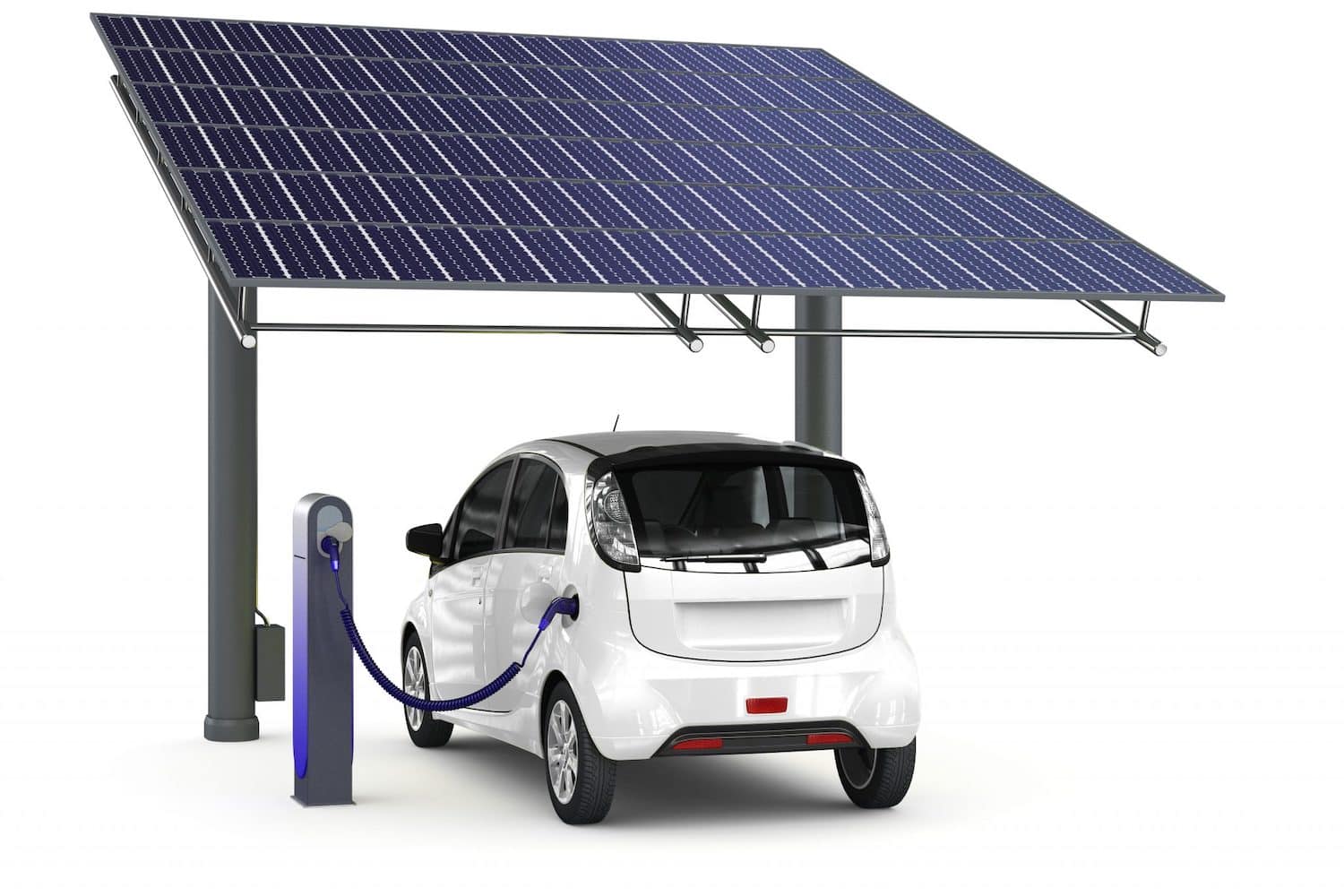Carport Photovoltaic: Don’t Get Played!

The internet is flooded with promotions for at-home installations of electric car shelters equipped with solar panels. Beware of scams.
No clear pricing or turnkey solutions anywhere. Only marketing claims and promises of incredible profitability. In reality, the “solar” or photovoltaic carport is largely a scam, as the prices charged are more like a trap for unwary buyers.
3000, 10,000, 30,000 euros… you can find all sorts of offers, without ever truly knowing the quality of the materials provided (if it’s specified at all). The idea is to ride the enthusiasm of new electric vehicle owners, who are trying to justify their recent switch to this mode of transport by any means necessary.
The first piece of advice is to never buy anything online. Limit yourself to gathering information, then find a local dealer and installer (very important for later!) who can explain everything thoroughly before you sign.
WHY IS THIS UNINTERESTING?
Protecting your vehicle is a great idea. Recharging it during periods of non-use is also beneficial. But should you do this with solar panels on the carport? Frankly: no. Energy production is insufficient and should only be a supplement. On average, a carport can produce about 2.4 kWh under peak conditions, such as in summer in a very sunny region — roughly 2400 watts per hour. A fast charger, even at home, will require between 3.5 and 11 kWh.
Since the current price of electricity is about 0.22 euros per kWh, recharging a 60 kWh battery car will cost around 13 euros. Less if done overnight with an appropriate tariff. These 13 euros can provide an average range of 300 kilometers.
To recoup an investment of 15,000 euros (average price, including labor), you would need to drive 346,000 kilometers… before earning your first euro of profit.
Moreover, the cost of installing such a system, if comparable to mounting it on your house’s roof — where competition is much more established, regulated, and serious — would be 30 to 40% cheaper. So, the profitability of a photovoltaic carport is essentially nonexistent; let’s be clear. Better cover your roof with solar panels on your house — that’s much more effective.
If you insist, know that the government has provisions for aids and the obligation to buy back your surplus energy via EDF. All necessary information is explained on the official Engie website and in the video above.
It’s up to you to make the right choice and avoid falling for solar scams.
ALSO READ: Tesla also produces solar tiles… and they’re not cheap!
This page is translated from the original post "Carport photovoltaïque : ne tombez pas dans le panneau !" in French.
We also suggestthese articles:
Also read





